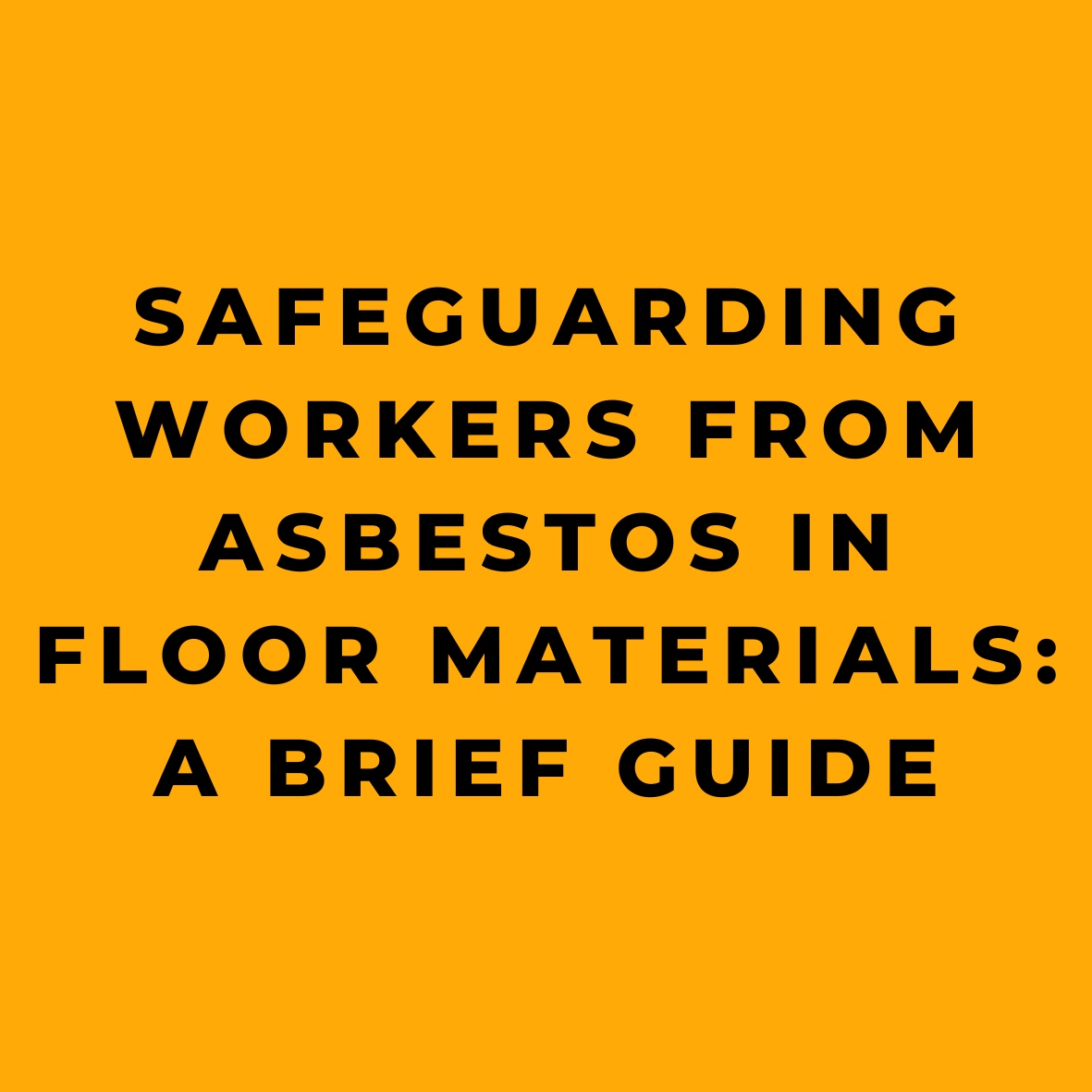The Hidden Dangers of Asbestos-Laden Floor Materials
Plenty of older floor tiles contain asbestos, a nasty little mineral fiber that was widely used in building materials before we knew about the health risks it poses. Nowadays, we’ve got regulations in place, thanks to the good people at OSHA, to keep workers safe from asbestos. But there’s a lot more to know, and this guide was made to help you through the nitty-gritty of protecting yourself and your fellow workers from the hazards of asbestos in flooring maintenance.
Numerous robust floor tiles contain asbestos, a mineral fiber previously used in countless construction materials before its harmful health consequences were identified. Workers who polish or wax floors containing asbestos may face hazards. Floor tiles installed before 1980 should be assumed to have asbestos unless a laboratory confirms otherwise. It is essential to take appropriate protective measures. The Occupational Safety and Health Administration (OSHA) enforces regulations to shield workers from asbestos.
What is the risk?
The machinery utilized in maintaining or caring for asbestos-containing floor tiles features an abrasive pad that operates at high velocities and can release minuscule asbestos fibers into the air. These airborne fibers may be unknowingly inhaled by workers and become lodged in their lungs.
Asbestos is a proven carcinogen for humans and can lead to chronic lung diseases and various cancers, including lung cancer.
How can I determine if a hazard is present?
Airborne asbestos fibers are extremely tiny and invisible to the naked eye. Flooring materials installed before 1980 should be assumed to contain asbestos and treated accordingly, unless a sample is tested by a reliable laboratory using transmission electron microscopy and found to contain less than 1.0% asbestos.
What measures should be taken to protect workers?
OSHA’s Asbestos standard, 29 Code of Federal Regulations (CFR) Part 1910.1001, safeguards workers handling asbestos-laden floor materials (general industry). Separate asbestos standards exist for construction and shipyard industries due to varying working conditions and asbestos exposure levels.
OSHA’s Asbestos Standard Training Components
Workers must receive initial and annual training in a comprehensible manner and language. This training should cover: asbestos health effects; asbestos-containing and presumed asbestos-containing material locations; recognizing asbestos material damage and deterioration; and proper response to fiber release incidents. The training should include these elements:
Caring for Asbestos-Containing Floor Materials
- Avoid sanding asbestos-laden floor materials;
- Employ only low-abrasion buffing pads;
- Run buffers at speeds below 300 rpm;
- Utilize wet methods;
- If asbestos-containing floor materials have an adequate finish, brushing or dry buffing is allowed.
When these techniques are correctly employed, personal protective equipment (PPE) should not be necessary.
Documentation
Training and worker notification records are required. If relevant, maintain exposure monitoring records and medical monitoring records.
Worker Rights
Workers have the right to:
- Work in conditions that do not pose a serious risk of harm.
- Obtain information and training (in a language and vocabulary the worker understands) about workplace hazards, prevention methods, and applicable OSHA standards.
- Review work-related injury and illness records.
- Access test results identifying and measuring hazards.
- File a confidential complaint with OSHA to request a workplace inspection if they believe a serious hazard exists or if their employer is not complying with OSHA regulations.
- Exercise their rights under the law without retaliation or discrimination.
References:










